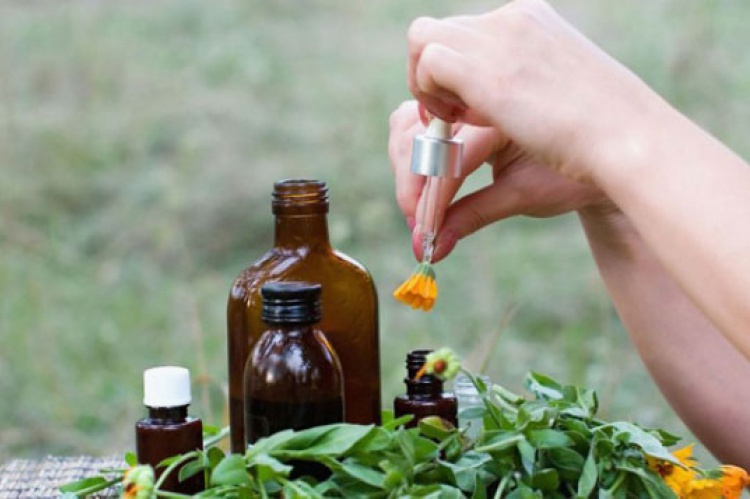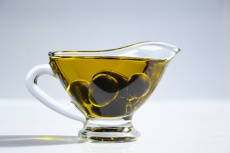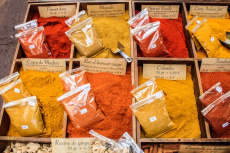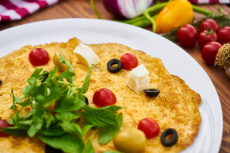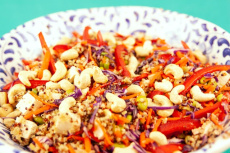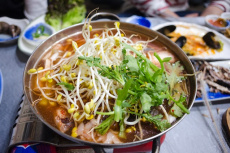This is how the mother tincture of any plant is made
One of the most traditional and effective ways to take advantage of the properties of medicinal plants is through mother tinctures.
Making mother tincture yourself does not have any complications. In addition to promoting self-sufficiency, it helps us recognize the environment and use the means it offers us for health care.
On walks through the countryside we can respectfully collect medicinal plants that are in abundance. A modest amount will provide enough tincture for two to three years. We can also make it with the plants that we grow in the garden or in pots. Tinctures are prepared with alcohol, which has the ability to extract the active ingredients and also preserves them. Compared to other preparations, such as tablets or capsules, tinctures preserve essential oils and provide the characteristic aroma and flavor of plants.
Basic method
The most widely used home method consists of macerating the plant in ethyl alcohol, generally at 86 degrees, and then pressing it. There are more elaborate procedures within anthroposophical and spagyric medicine (based on ancient alchemical methods), which take into account astronomical rhythms when picking the plant and performing each of the operations. In the case of spagyria, solid elements that had been separated during processing are incorporated (spagyria means "separate and unite").
Ethyl alcohol for internal use is available at pharmacies, where it can be ordered to the correct strength. Be careful, it is not denatured alcohol that is used as a disinfectant, since unpleasant-tasting additives are added so that it is not used as a drink.
To make tinctures of resinous plants, such as myrrh, eucalyptus or cinnamon, graduations of 70 to 80 are appropriate. On the other hand, less resinous ones such as basil and oregano are made with alcohol of 60 to 70 degrees. If we have 96-proof alcohol, we can mix it with distilled water to obtain the final graduations that interest us, according to the following proportions:
- 60 degrees: 620 cc of alcohol per 450 cc of water.
- 70 degrees: 680 cc of alcohol per 325 cc of water.
- 80 degrees: 780 cc of alcohol per 200 cc of water.
The ratios between alcohol and plant are usually one liter for every 100 g of dry leaves or 250 g of fresh leaves. Keep in mind that if fresh leaves are used, the graduation of the dye is reduced by 15-20 degrees.
The pressing can be done with a small wine press, but if you don't have one, you can use the pressing by hand or the blender, in case you want to obtain the juice of the fresh plant and then mix it with the alcohol.
Sage tincture
First of all, it is necessary to collect the leaves of sage (Salvia officinalis), approximately 250 g. If we do it in the field, we will observe that the plant has not been exposed to fumes from road traffic or pesticides from the fields. It can be found on rocky slopes and in dry, sunny terrain. The harvest takes place in spring and early summer. According to tradition, the best times are during the new moon or the day before the summer solstice. Young leaves should be taken before the plant flowers.
The leaves are finely chopped on a wooden surface, preferably with a ceramic knife, and placed in a glass container with a wide mouth and a screw cap to cover them loosely with 70-proof alcohol (approximately one litre). The container is closed and stored in a cool, dark place for two weeks. It should be shaken daily.
Once the term is over, it is passed through a coffee filter or a fine cotton or linen cloth. The retained remains can be squeezed out strongly with the hands. As the final container, a brown glass bottle is used (or several bottles with dropper caps such as those found in pharmacies).
A label must be attached to the bottles stating the name of the plant and the date of production. Although alcohol is an excellent preservative, it is not convenient to consume the tincture after three years.
To take the tincture of sage, dissolve 5 to 10 drops in two fingers of water and administer it three times a day. With this solution you can gargle to treat hoarseness. Other indications, internally, are oral inflammation, hot flashes, night sweats and digestive discomfort. Pregnant and lactating mothers should not take it.
Dosage and treatments
Although the tincture is domestic, it is still a powerful medicine. Therefore, the possible contraindications with medications that are being taken should be consulted, always take the appropriate dose and not continue the treatment more than necessary. Consulting with a naturopathic doctor or, at least, with a good plant guide is essential.
Regarding the dose, the normal thing is to take three times a day from 3 to 25 drops in a little water, half an hour before e meals or one hour later. As for the duration, when the tinctures are used for chronic conditions, the treatment should not be prolonged for more than three months. Then, it is a good idea to take a break for at least three weeks, paying attention to the body's reactions. In acute disorders, such as a cough from a cold, the remedies should be taken until the symptoms have disappeared.
Common Indications
- Kidney and bladder problems: birch leaves, horsetail, ash leaf, goldenrod and nettle.
- Sleep and nervous disorders: oatmeal, valerian, passionflower, lemon balm and lavender.
- Digestive difficulties: lemon balm, lavender, sage and artichoke.
- Cardiovascular disorders: passionflower and rosemary.
- Arthritis: ash leaf, birch leaf, nettle, rosemary and black currant leaf.
- Liver and gallbladder diseases: dandelion, milk thistle and artichoke leaves.
- Menstrual discomfort: chamomile, mint, yarrow and blackcurrant leaf.
(This article has been translated from the original in Spanish by Google Translate. Please excuse the errors.)

